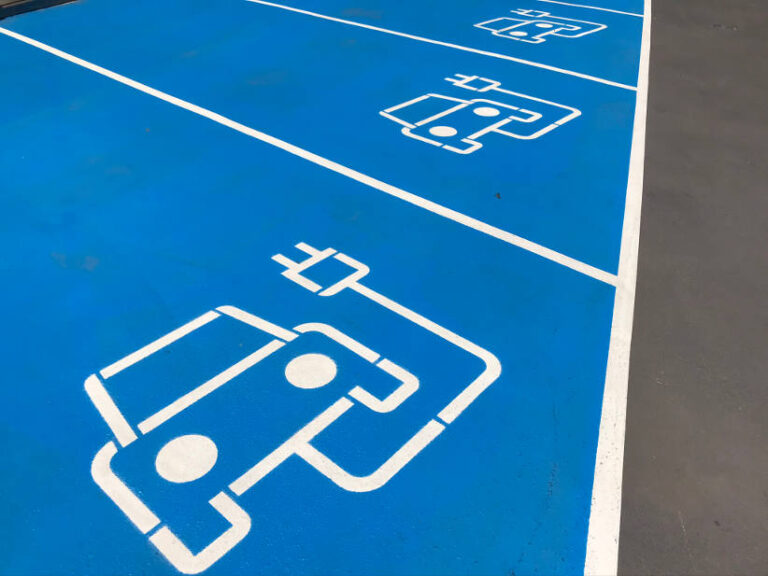Transitioning a fleet to electric vehicles (EVs) doesn’t need to start with a six-figure infrastructure upgrade or a bulk vehicle order. At the Smart Energy Expo in Sydney, fleet transition expert Steve Lewis, CEO at Futurum International, shared practical advice from years of consulting to government and corporate clients. His message was clear: “You can absolutely get a lot started before you need to do the big infrastructure upgrades.”
Lewis, who has worked on transition plans for large organisations including NSW Government and local councils, encouraged fleet managers to begin with small trials using flexible lease arrangements and off-the-shelf charging solutions—delivering real-world learnings without the upfront cost.
“There’s car leases that you can basically just grab a car. You can have it on a weekly kind of rate lease. There’s no cost up front,” he explained.
These try-before-you-buy programs help reduce uncertainty around suitability and charging behaviour. More importantly, they build internal buy-in by letting drivers experience EVs first-hand.
“One of the things we’ve found in opportunity planning is that really big behaviour shift comes from getting people involved in the cars,” said Lewis. “It’s stressful for the first two times you do it… but once you’ve done it a couple of times, it becomes second nature.”
In Lewis’s experience, the key to getting started quickly and affordably lies in making use of the existing infrastructure and delaying major upgrades until a genuine business case exists.
“Avoid doing the upgrades to electrical infrastructure before you actually have a meaningful number of cars,” he advised.
He explained that most homes—and many depots—can handle EV charging without any electrical upgrades, especially if vehicles are only driving 30 to 40 kilometres per day.
“If your cars are only driving 30 or 40 kilometres per day, you could actually charge about 24 cars on a normal house circuit before you need to actually do an upgrade,” he said.
Smart chargers that manage when and how much power is drawn can stretch existing circuits even further.
“If you’ve got smart chargers in place, they can charge one car after another. So make sure that you’re keeping the energy flowing, but not upgrading too early.”
For fleets without access to depot charging, Lewis pointed to a growing number of solutions that run off standard power points—including devices that can measure and report energy use for reimbursement or reporting purposes.
“I saw a solution recently that essentially used a 10-amp power point,” he said. “Then you can run that into your financials or fleet management system and know how much power is being used to charge the car.”
By combining low-cost leases, existing infrastructure, and smart energy management, organisations can take their first steps towards electrification without blowing the budget. And once those early wins are in place, momentum builds quickly.
“That allows you to get a lot faster into actually knowing: how do I get enough input into my fleet to do all the different jobs?” Lewis said. “You can probably get 10–20% of the way through your fleet transition before you even hit top speed.”
For fleet managers facing pressure to decarbonise but unsure where to start, Lewis’s advice is clear: start small, spend nothing, and learn fast.





